Last taught module of my Water and Wastewater Engineering MSc
14/02/2019
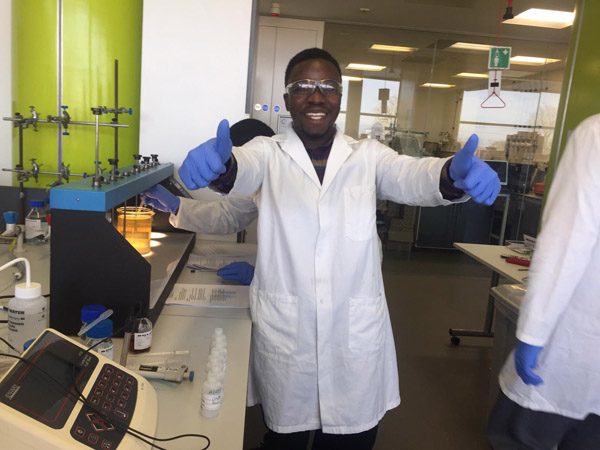
Getting to the end of the taught modules period of my Water and Wastewater Engineering MSc, my class had a slightly different touch to it; on the last day of a very important module (Physical Processes), we had a lab session. This lab session was to help us understand better the sedimentation process that takes place for the removal of flocs during water treatment.
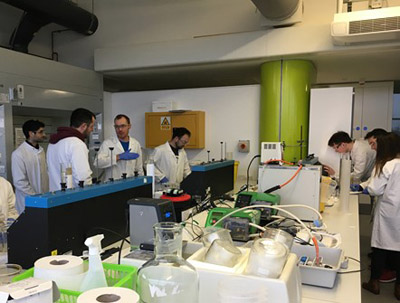
Picture 1. Half of the class experimenting with jar tests.
This lab session was rather challenging as we were required to be fast and precise when taking samples and measuring settling speeds, but it was also quite entertaining. Working in small groups contributed to a good balance between being “professional” and having fun.
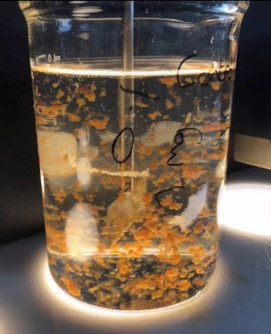
Picture 2. Formation and sedimentation of flocs.
One of the most interesting parts in this session, apart from using in practice the mechanisms that we had been learning about in our lectures, was the opportunity to observe our “creations” using a high-tech microscope and taking photographs of them! Undoubtedly, my team got the most creative in that, having captured the image of the following floc, which looks also like a sketched lateral view of a human face.
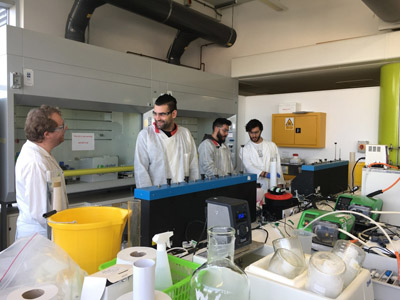
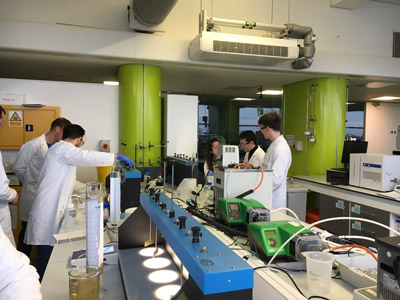
Picture 3 & 4. Others having fun, others being more “scientists”.
All in all, it was a very educative experience since we got to use several lab-based measuring devices and we learnt how flocculation, coagulation and sedimentation work in reality. Being able to appreciate the sunny day through the wide glass windows of the top-floor lab throughout the whole lab class, rendered this session as the best one to date!
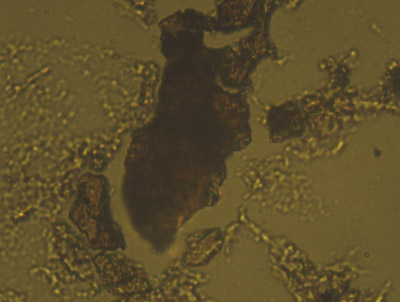
Picture 5. Creativity in science 101.
Categories & Tags:
Leave a comment on this post:
You might also like…
Automotive Engineering: From student to hypercar innovation at Rimac
We sat down with recent graduate Thomas Perrin, to discuss how his year on the MSc in Automotive Engineering at Cranfield University propelled him from the lecture hall directly into the ...
What this year at Cranfield really meant to me
Every Cranfield journey is unique. In this alumni reflection, Zachea Scicluna shares what her year at Cranfield truly meant, from facing uncertainty to gaining hands-on experience in industry-backed projects. I’ve been reflecting (and delaying) ...
Preparing for assignments and exams?
Sorry! We know it seems a bit mean to mention the exams in January rather than looking forward to the break before it! However, we know many of you will be thinking about your forthcoming ...
Screening for FTSE 100 companies on Bloomberg
So you’re researching an index and need some data on its constituent companies? Bloomberg’s Equity Screening tool makes light work of this, not just for the FTSE, but for indices, exchanges and sectors worldwide. Type EQS ...
Accelerating my future: How Cranfield put me on the fast track to automotive safety innovation
Hello! I’m Michaela Kaiser, and I’m thrilled to share my journey studying abroad. I’m from Calgary, Canada, and I recently graduated from Cranfield’s MSc Automotive Engineering course. My path to Cranfield ...
From Myanmar to Cranfield: My path to Renewable Energy
As someone who is passionate about sustainability, my career goal is to build a path in the renewable energy sector. My aspirations comes from the benefits of developing sustainable energy sources and ensuring energy ...






